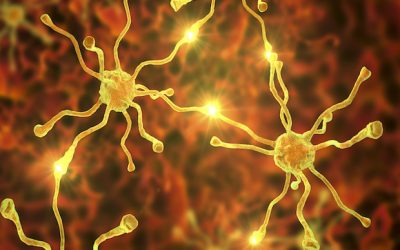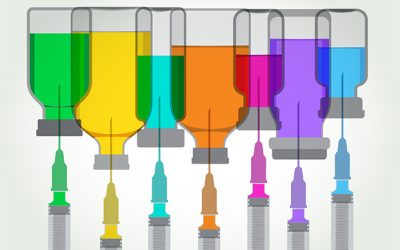Researchers from University College London (UCL) have developed a reusable electrocardiographic imaging (ECGI) vest to detect early signs and abnormalities in hypertrophic cardiomyopathy.
Published in the Journal of the American College of Cardiology, the study suggests that the ECGI vest could detect electric changes associated with the inherited heart condition.
Estimated to affect one in 500 adults in the UK, hypertrophic cardiomyopathy is an inherited, fatal heart muscle condition that affects the heart’s ability to pump blood around the body.
Researchers looked at 174 patients from Barts Heart Centre, St George’s Hospital and Royal Free Hospital with hypertrophic cardiomyopathy and disease-causing genetic mutations who did not have overt signs of the disease, along with 37 health volunteers.
The team observed that the ECGI vest identified electrical abnormalities among one in four individuals with a gene mutation, where no signs of disease were detected via cardiac magnetic resonance imaging, the highest standard of heart imaging, or a 12-lead electrocardiogram (ECG), used to assess electrical activity in the heart.
Involving 256 sensors as opposed to 12 in a standard ECG, the reusable vest provides detailed electrical mapping of the heart within five minutes.
Furthermore, the ECGI vest revealed an uneven pattern of electrical signal recovery and slowed conduction of electrical signals through the heart in these patients.
In addition, after applying a machine learning model to the results of 12 markers from the ECGI vest, researchers discovered that its grading matched the risk estimated using standard protocol, which determines the severity of disease and estimates the risk of sudden cardiac death.
Dr George Joy, lead author, UCL Institute of Cardiovascular Science and Barts Heart Centre said: “By finding subtle electrical abnormalities using our new technique, we are able to detect hypertrophic cardiomyopathy earlier.”
Researchers plan to repeat these results in a larger group of patients to see how early electrical changes can affect the risk of life-threatening heart rhythms later on.










